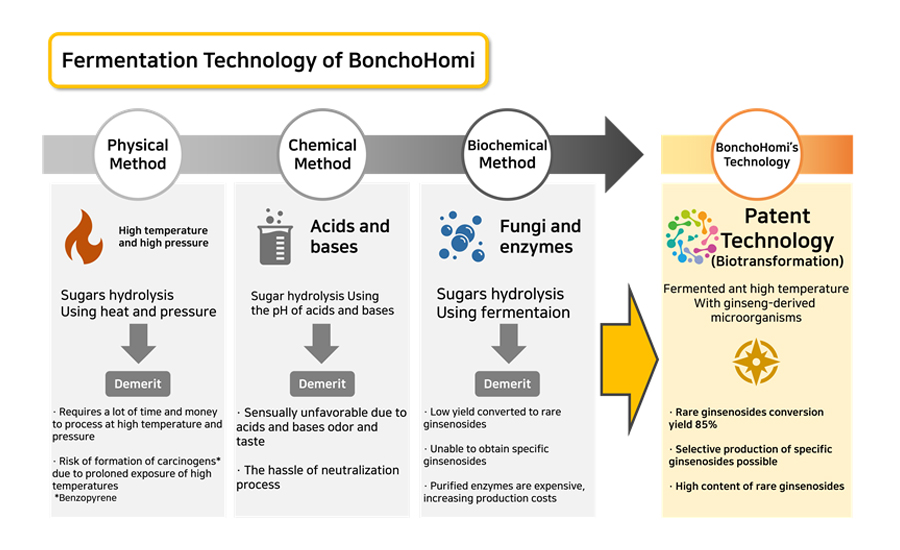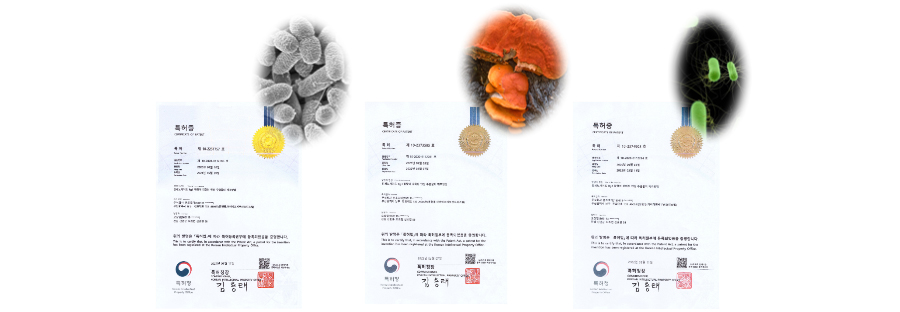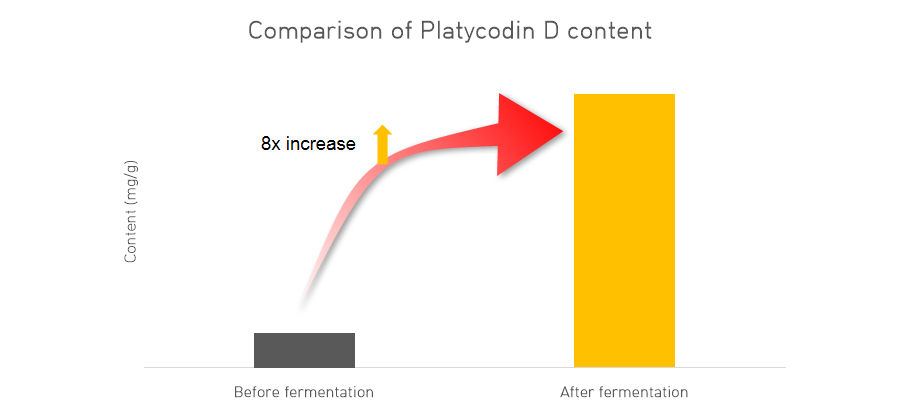
About Fermentation
 |
| “Fermentation technology of BonchoHomi Corp.“ |
|
Ginseng mainly uses the root, which has a water content of over 70% and is difficult to store for a long time, so it is processed in various ways to improve storage stability. As times have changed, processing methods have also changed. The most representative is steaming, which refers to steaming and cooing in oriental medicine, ant heat treatment causes hydrolysis of sugar. The existing steaming process takes a long time, so it is treated at high temperature and high pressure in a short period of time to improve it. But this not only causes loss of nutrients, taste, and fragrance, but also may generate benzopyrene, a carcinogen, when carbonized. The second method is to control the pH using acids or bases to cause hydrolysis of sugars. However, it is not only sensually bad due to the unique smell and taste of acids and bases, but also requires an additional process to neutralize to adjust the pH. The third method is to ferment ginseng using bacteria and enzymes to cause sugar hydrolysis. This method has fatal disadvantages in that the yield varies depending on the decomposition ability of microorganisms, the yield is not high, and it can’t be obtained by specifying a specific ginsenosides. In addition, when fermenting using purified enzymes, it is quite expensive in itself, so the price of the product becomes expensive.  However, based on the fact that the content of rare ginsenosides increases as the growing period of ginseng grows longer, the patented technology of BonchoHomi Corp. isolates and identifies symbiotic microorganisms in ginseng, confirming the efficient bioconversion of rare ginsenosides.  By optimizing the ginseng fermentation process, the rare ginsenosides conversion yield is 85%, which is high in content. In addition, we succeeded in selectively producing specific ginsenosides by varying the fermentation conditions. BonchoHomi’s fermentation technology increases the functionality by producing a large amount of ingredients such as rare ginsenosides from ginseng and platycodin D from bellflower. Low-molecular-weight ginsenosides conversion technology by fermenting ginseng maximizes absorption and utilization in the body, and contains more than 22% of rare ginsenosides with various physiological activities, Rg3, Compound K, Rh2, and aPPD.  By fermenting bellflower, the content of platycodin D, an active ingredient among bellflower saponins, is increased by 8 times compared to before fermentation, producing fermented bellflower with increased absorption in the body.  Fermentation also hydrolyzed saponin, which causes the strong bitter taste of ginseng or bellflower, to improve the taste and smell. |
